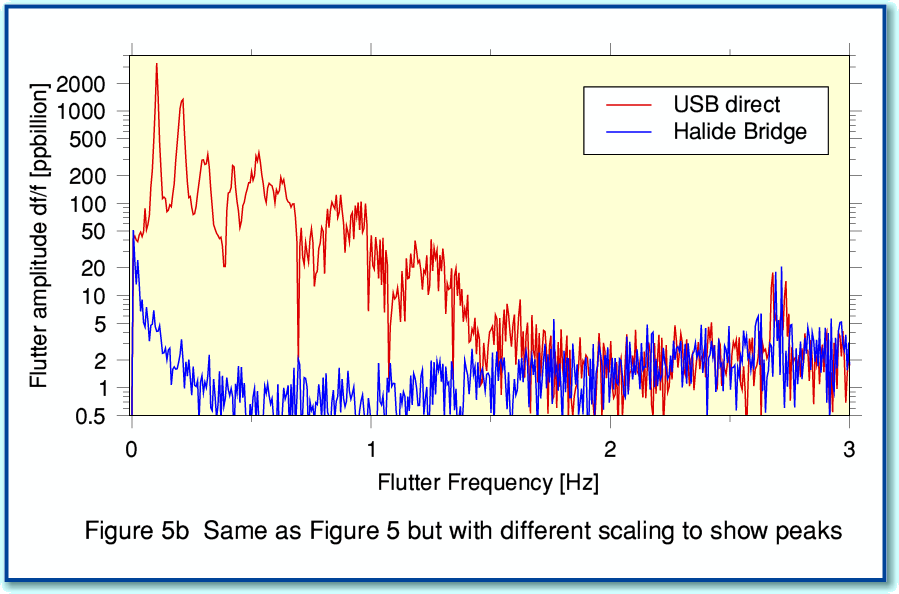Here's an extract from on of the research papers which I found related to how we perceive low frequency modulations
"Multi-time resolution analysis of speech: evidence from psychophysics"
http://journal.frontiersin.org/article/ ... 4/abstract
A growing body of research, employing various
behavioral and neurobiological experimental techniques, now points to the perceptual
relevance of both phoneme-sized (10–40 Hz modulation frequency) and syllable-sized
(2–10 Hz modulation frequency) units in speech processing
We created sentences in which the
slow (∼4 Hz; Slow) and rapid (∼33 Hz; Shigh) modulations—corresponding to ∼250 and
∼30 ms, the average duration of syllables and certain phonetic properties, respectively—
were selectively extracted. Although Slow and Shigh have low intelligibility when presented
separately, dichotic presentation of Shigh with Slow results in supra-additive performance,
suggesting a synergistic relationship between low- and high-modulation frequencies.
A second experiment desynchronized presentation of the Slow and Shigh signals.
Desynchronizing signals relative to one another had no impact on intelligibility when
delays were less than ∼45 ms. Longer delays resulted in a steep intelligibility decline,
providing further evidence of integration or binding of information within restricted
temporal windows. Our data suggest that human speech perception uses multi-time
resolution processing. Signals are concurrently analyzed on at least two separate time
scales, the intermediate representations of these analyses are integrated, and the
resulting bound percept has significant consequences for speech intelligibility—a view
compatible with recent insights from neuroscience implicating multi-timescale auditory
processing.
So what all of this means is that two mechanism in neuro-processing of audio which operates on different low frequency bands - one low frequency (2-10Hz) & a higher frequency band (10-40Hz). Although this paper is specifically related to speech processing, it makes me wonder about it's relevance when listening to music! Not that we can hear tones at these frequencies (<20Hz) but that amplitude modulations in the sound envelope in this frequency range are perceptible & important.
Actually, the paper explicitly states this:
Although this study focused on the multi-scale nature of speech (see e.g., Rosen, 1992; Poeppel, 2003; Greenberg, 2006; Elliott and Theunissen, 2009), the mechanisms that speech processing exploits to effectively analyze the multi-time-scale constitution of the signal are likely to be of a general nature rather than speech-specific. There is abundant evidence that natural sounds of many types have such a multi-scale structure that requires analysis at multiple levels (e.g., Santoro et al., 2014).


